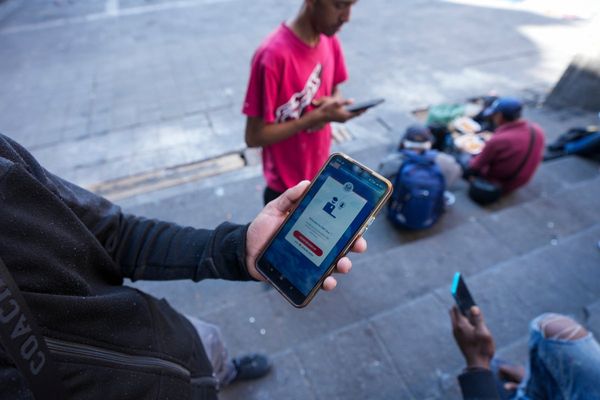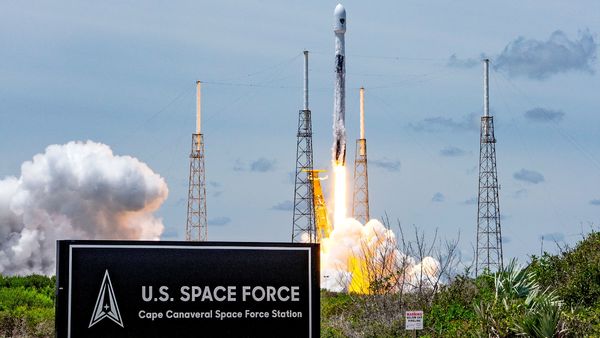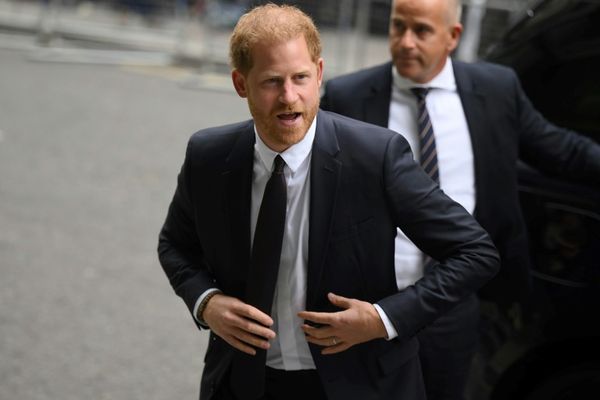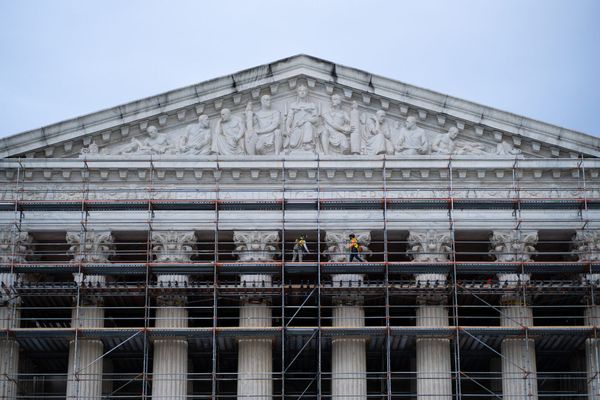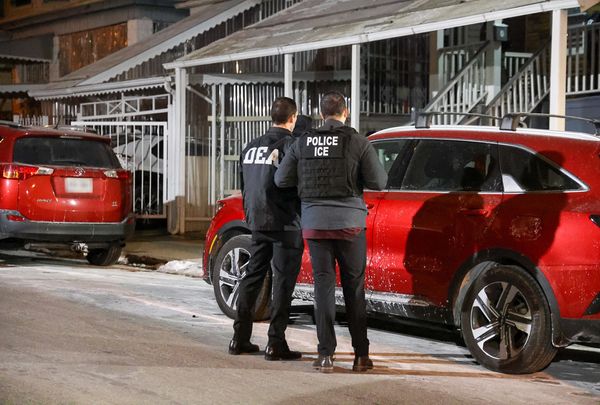
Kettle’s Yard in Cambridge is a particularly appropriate venue in which to stage the first major exhibition of work by the 20th-century Chinese artist Li Yuan-chia, and his many friends, collaborators and associates.
The Cambridge gallery was established by collectors Jim and Helen Ede in the late 1950s as a home, a meeting place and also a sort of museum; somewhere people could come to share in artistic practice. Li, meanwhile, was engaged in a similarly idealistic project at his home in the tiny village of Banks, close to Hadrian’s Wall in Cumbria, which for more than a decade from the early 70s operated as the LYC Museum and Art Gallery.
Li’s journey to Banks from south-east China’s Guangxi province began when he was 20. His unique trajectory included periods in Taiwan, joining avant-garde art movements in Bologna and passing through the outer edges of Swinging London before his arrival in Cumbria in 1968. What he set about doing there was equally remarkable. Amy Tobin, co-curator of the new show Making New Worlds: Li Yuan-chia & Friends, explains how the wide range of art that Li made – conceptual work, painting, textiles, collages, sculpture, photography and more – reflects the breadth of the community he built around artmaking.
“He invited literally hundreds of artists to spend time in Banks or to work or exhibit there,” says Tobin – names included sculptors Andy Goldsworthy and David Nash as well as the composer Delia Derbyshire – “but what was also so innovative at the time was that he was committed to what we now call outreach and access. Maybe a very few museums had rudimentary friends schemes back then, but things like education and community programming really weren’t in place in most UK institutions. And all this was taking place in a collection of crumbling old farm buildings.”
Li acquired the ramshackle property from the painter Winifred Nicholson, of the celebrated artistic family, who was a great friend and whose own work was significantly influenced by Li and his project. Li took on the manual work to refurbish the buildings and shape the grounds and, in concert with colleagues and his radical approach to art and to friendship, he went on to think of LYC as the ultimate expansion of his artistic practice. It was a space for artists to share ideas and responses to the world around them, and to combine traditions of eastern and western thought.
But while LYC was something of a haven for Li and other artists, and he was generally warmly received by his neighbours, there were also difficulties. He faced racism, and – like millions of others in the early 90s – he refused to pay his poll tax. Li was forced to close the museum in 1982 due to problems with money and the building rights, but he continued to live and work at the site until his death 12 years later. Li is buried at Lanercost Priory, near Carlisle.
The new exhibition places his work alongside that of his friends and visitors, plus new commissions by contemporary artists. “In his time, Li was known in the circuit in which he worked, but did not have much wider recognition,” says Tobin. “There’s definitely a story of racialised exclusion around cultural differences that seemed insurmountable to a largely white art world of the time. This show tries to rethink some of those histories by paying more attention to people like Li, organisers as well as artists, and their undoubted social as well as artistic legacy.”
Making New Worlds: Li Yuan-chia & Friends is at Kettle’s Yard, Cambridge, to 18 February.
Radical approach: Four key works by Li Yuan-chia

Li Yuan-chia, Untitled, 1994, unique hand-coloured photographic print
This image made in the last year of Li’s life has an exuberance and optimism. Li composed sculptural installations in his garden and constantly augmented them. Capturing this work in tinted snapshots untethers it from any moment in time, and reveals the richness of his creative process.

Li Yuan-chia, Untitled, c.1960, ink on paper
Li drew on, and combined, the principles of Chinese ink painting with western expressionist abstraction, calligraphy, plus an interest in language and exploring the possibilities of expression and meaning.

Li Yuan-chia, Untitled, no date, hand-coloured black and white print
Li was fascinated by photography, often using tints and other effects to transform a reproducible entity into something individual. This image is part of a series made after LYC had closed down, exhibiting a variety of moods and emotions. Here, there is a sense of melancholy in the apparent ruins of his enterprise.

Li Yuan-chia, Untitled, 1970, paint on fabric wall hanging (detail)
Li’s wall hangings, made of hessian, combine many of his artistic preoccupations, in terms of patterns and shapes, with a supreme practicality: they were also used as draft-excluders in chilly Cumbrian farmhouses. He gave many to his local friends; much of his work was made with the intention of giving it away.
• This article was amended on 20 November 2023. An earlier version said that Li Yuan-chia is buried “in Carlisle”. This has been clarified to state that Li is buried at Lanercost Priory, which is near Carlisle. The subheading of this article was amended on 22 November 2022 because it referred to “the first major exhibition of [Li Yuan-chia’s] work”. To clarify: an exhibition of his work was held at the Camden Arts Centre in 2001. This exhibition is the first major one to feature his work and that of his collaborators.

